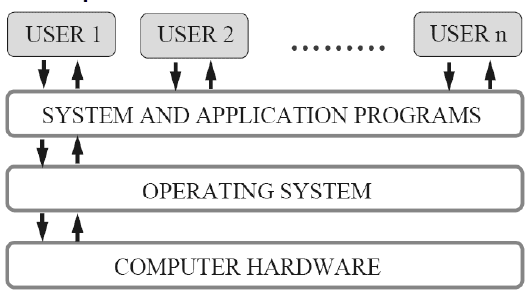Storage (DSP)
Digital Signal Processing (DSP) data acquisition and storage involves capturing analog signals, converting them into digital format through analog-to-digital conversion (ADC), processing them using DSP techniques, and finally storing the processed data for analysis or future reference. Here’s how each component fits into the process:
DSP
Data Acquisition and Storage Process
- Data Acquisition
- Signal Conditioning: Analog signals from sensors or transducers are
conditioned to remove noise, amplify weak signals, and prepare them for
conversion.
- Analog-to-Digital Conversion (ADC): The conditioned analog signals are converted into
digital form using ADCs. Key aspects include:
- Sampling: Sampling the analog signal
at regular intervals based on the Nyquist theorem to avoid aliasing.
- Resolution: The number of bits used to
represent each sample (e.g., 8-bit, 12-bit, 16-bit) determines the
accuracy of the digital representation.
- Sampling Rate: The rate at which samples
are taken (samples per second or Hertz) affects the fidelity with which
the analog signal is represented digitally.
- Digital Signal Processing (DSP): Once digitized, the signals undergo various
processing steps:
- Filtering: Applying digital filters
(e.g., FIR, IIR) to remove unwanted noise or to extract specific
frequency bands of interest.
- Analysis: Performing spectral
analysis (e.g., FFT), statistical analysis, or other algorithms to
extract meaningful information from the signals.
- Real-time Processing: Immediate processing of
data for feedback or control in applications requiring real-time
responses.
- Data Storage
- Types of Storage:
- Local Storage: Using internal memory, hard
drives, SSDs, or flash storage within the data acquisition system.
- External Storage: Storing data on external
drives, network-attached storage (NAS), or cloud-based storage
solutions.
- Formats and Compression:
- File Formats: Data is often stored in
formats suitable for further analysis (e.g., CSV, HDF5) or in
proprietary formats depending on the application.
- Compression: Techniques like lossless
compression (e.g., ZIP) may be used to reduce storage space while
retaining data integrity.
- Data Management:
- Metadata: Capturing and storing
additional information about the acquired data (e.g., timestamps, sensor
calibration parameters).
- Database Integration: Storing data in relational
databases or NoSQL databases for efficient retrieval and querying.
Applications
- Scientific Research:
Acquiring and storing data from experiments in physics, chemistry,
biology, and environmental sciences.
- Industrial Automation:
Monitoring and controlling processes in manufacturing, quality control,
and robotics.
- Medical Monitoring and Diagnosis: Storing physiological signals (e.g., ECG, EEG) for
healthcare monitoring and diagnostic purposes.
- Telecommunications:
Storing and analyzing data from communication systems for signal analysis
and optimization.
- Aerospace and Defense:
Acquiring and storing data from sensors in aircraft, satellites, and
military systems for analysis and decision-making.
Challenges
- Data Volume:
Handling large volumes of data generated by high-resolution sensors and
high-speed sampling rates.
- Real-Time Requirements: Ensuring that data processing and storage can keep up
with real-time data acquisition and analysis demands.
- Data Integrity and Security: Maintaining data integrity during storage and
ensuring security against unauthorized access or data loss.
- Scalability:
Designing systems that can scale with increasing data acquisition rates
and storage requirements over time.
DSP data acquisition and storage
systems play a crucial role in transforming analog signals into actionable
digital data for a wide range of applications. Advances in technology continue
to enhance the efficiency, accuracy, and scalability of these systems, enabling
new capabilities in research, industry, healthcare, and beyond.



Comments
Post a Comment